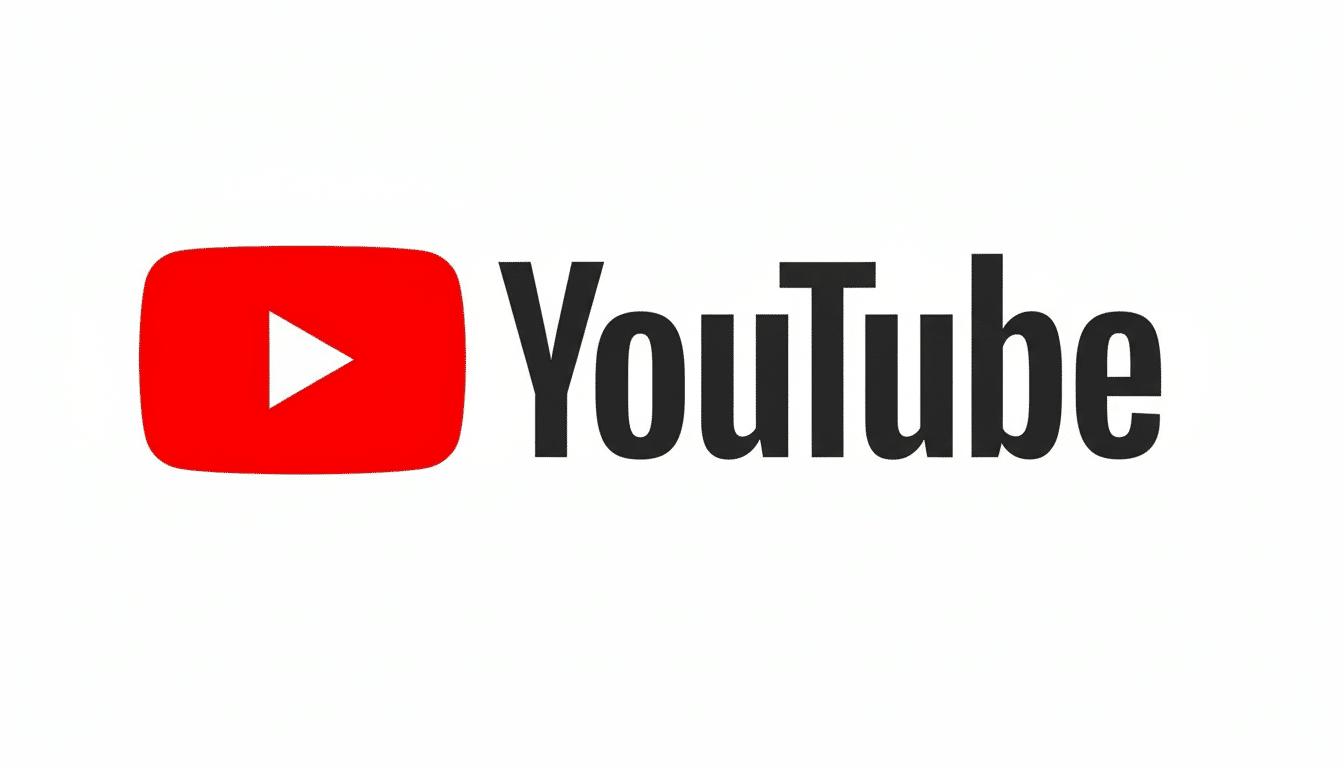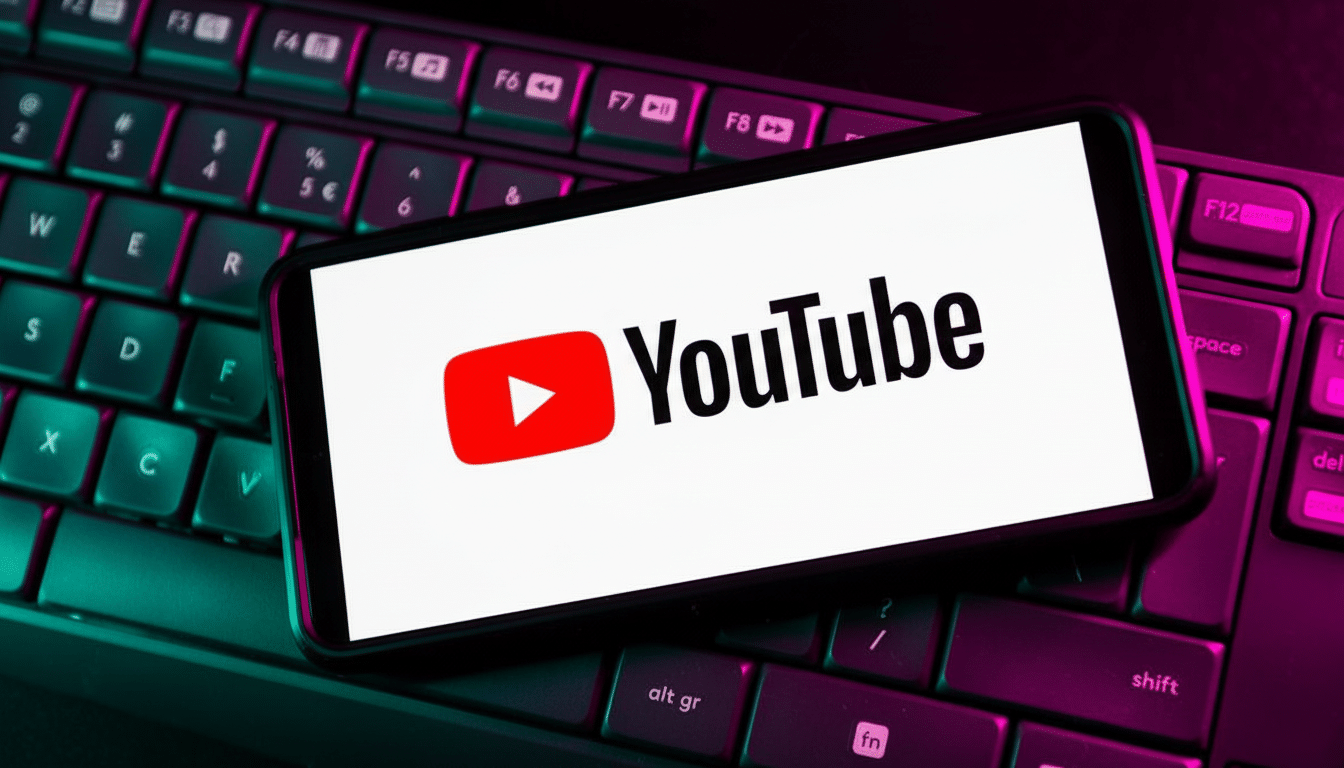YouTube is testing an AI-based automatic lip-sync feature that accurately aligns users’ mouth movements with translated audio from its auto-dubbing tool. The aim is to cut down the jarring inconsistency between sight and sound that frequently undercuts dubbed videos, as well as help multilingual publishing feel less foreign for audiences around the world.
The Importance of Lip-Sync for Auto Dubs
Auto-dubbing has eliminated a significant wall between shows and new audiences, but it has also introduced new friction: the kind of cognitive dissonance that hardens on realizing lips aren’t moving in sync with precisely what you’re hearing. That gap has the potential to chip away at watch time and trust, particularly for formats that depend on close-ups and direct-to-camera delivery. For news explainers, educational content, product reviews and creator monologues, lip-sync alignment is the difference between “translated” and “believable.”
- The Importance of Lip-Sync for Auto Dubs
- How YouTube’s Lip-Syncing Auto-Dubbing System Works
- Performance Limits and Language Coverage
- Creator Access and Monetization Inquiries
- Disclosure and Safety Considerations for AI Lip-Syncing
- Competitive Context and What It Means for Creators
- What Comes Next for YouTube’s AI Lip-Sync Dubbing

How YouTube’s Lip-Syncing Auto-Dubbing System Works
“Translation is one thing,” said members of the auto-dubbing team at YouTube, “but you still have to modify pixels on the screen so that facial articulation is synced with utterances from a new speaker.” In practice, this means modeling lips and teeth and tongue visibility, jaw motion and head pose, then re-rendering frames to hit matching phonemes in the dubbed material. “We created tools to translate these micro-movements, and then made subtle visual adjustments on a per-frame basis,” product lead Buddhika Kottahachchi told Digital Trends.
Though YouTube hasn’t released the full technical stack, the approach aligns with some recent academic work like Wav2Lip and vid-to-vid synthesis, which condition mouth shapes to input audio while also maintaining identity, lighting and expression. The difficult thing is keeping artifacts in check, across a variety of camera angles, compression levels and creator styles — all at the scale of a platform-sized company.
Performance Limits and Language Coverage
In initial testing, the feature works best with Full HD uploads rather than 4K output. That gap may be due to the higher compute needed to keep fine details sharp at higher resolutions, and the more obvious appearance of visual seams. YouTube says that it will continue to tweak its models and infrastructure, and hopes that playback quality will improve over time.
The early release includes five languages — English, French, German, Spanish and Portuguese. YouTube is rolling out lip-syncing to all the languages currently supported by auto-dubbing, like Bengali, Dutch, Hebrew, Hindi, Indonesian, Italian, Japanese, Korean, Malayalam, Polish, Punjabi, Romanian, Russian, Tamil, Telugu, Turkish, Ukrainian and Vietnamese. Auto-dubbing has already been widely taken up by creators; by late summer, tens of millions of videos had utilized the feature, highlighting a demand for more-organic translations.
Creator Access and Monetization Inquiries
The lip-sync system is in early testing with a small group of creators as YouTube examines trade-offs between the cost of computation and the quality of results. Kottahachchi said the team is still figuring out how widely it can be offered. That leaves the door open for the feature to potentially arrive as a paid add-on or inside premium creator tools, particularly if per-video processing is costly at scale.

For creators, the payoff is clear: increasing retention and more authentic localization without re-shoots or elaborate post-production. With multi-language audio tracks and region-specific subtitles, precise lip-syncing could enable channels to open new markets without significant workflow modification.
Disclosure and Safety Considerations for AI Lip-Syncing
YouTube says videos using the visual re-synchronization will include AI disclosures with labels showing that both audio and video were synthetically generated or modified. Those notices should show up in the description field, although it is not clear if there will be an on-screen marker of some kind along with the content. The shift follows a larger push — led in part by industry guidelines from regulators urging clear, up-front signaling around synthetic media to both keep viewer trust intact and minimize the potential for misleading and deceptive edits.
Competitive Context and What It Means for Creators
Third-party services like HeyGen, Synthesia, and ElevenLabs already provide AI-generated dubbing and lip-syncing for marketing and enterprise video, but in many cases they require export of content off-platform. If Google built it into YouTube, more creators would use it, and processing time would be shorter… The feature could also link into Monetization + Analytics. Elsewhere, companies like Meta have pushed the envelope with speech translation research and TikTok has doubled down on translation features, indicating that frictionless localization is increasingly becoming table stakes across social video.
The thing that separates YouTube is both scale and context: billions of hours of creators’ incredibly politically diverse footage and an enormous global audience. If the company can bring high-fidelity lip-syncing, at low volume, without complicating workflow up to its level of proficiency around predicate logic, one could see it as the default for multilingual video authenticity.
What Comes Next for YouTube’s AI Lip-Sync Dubbing
Look for a slow ramp-up as YouTube improves defensibility of consistency across various lighting conditions, camera types and accents, and minimizes the quality gap between Full HD and 4K. Key signals to watch:
- Where labels are applied
- Processing wait times
- Artifact rates in fast-talking segments (think disclaimers on drug commercials)
- Whether it rolls out behind a paywall or within standard creator tools
If it works, AI lip-syncing could turn dubbed content from just “good enough” into a “native feel,” expanding the potential viewership of every video uploaded and offering creators a believable way to go multilingual without rebuilding their production pipelines.

